HOW INVASIVE PLANTS AFFECT INDIA’S BIODIVERSITY
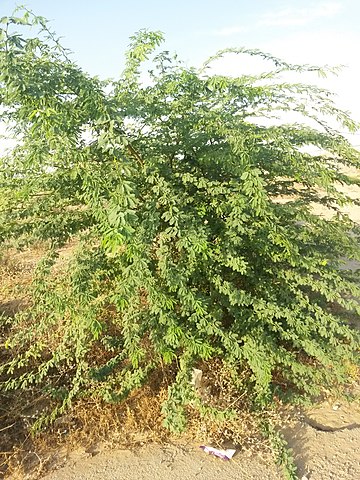
Photo: By Rohalamin – Prosopis juliflora, CC BY 4.0
In the lush tapestry of India’s diverse ecosystems, a silent invasion puts the delicate balance of the country’s native wildlife and plants at incredible risk. Even in our daily lives, we unknowingly witness the conquest of invasive plant species, their tendrils reaching into every corner, disrupting the existence of indigenous plants. In this post, we embark on a journey to uncover the hidden menace of invasive plants in India.
For decades, invasive plant species have threatened India’s rich biodiversity. Not only are they able to outcompete native species for resources, disrupt ecosystems and alter habitats, but they can also spread diseases and can even be toxic to wildlife.
Here’s a look at some of the threats posed by invasive plant species in India:
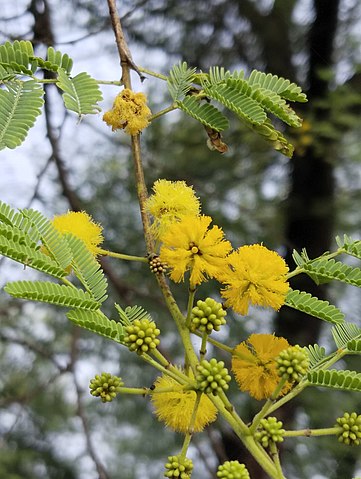
Photo: Acacia_nilotica – Jayachandranjay CC BY 4.0
Competition With Native Species
Invasive plants are often more than a match for native species when it comes to fighting for light, water and nutrients. This can cause the decline or even extinction of native plants. For instance, the lantana camara is a major threat to India’s indigenous Acacia nilotica tree. This is an important tree for wildlife, as it provides food and shelter for a variety of animals. However, lantana camara is able to outrival it for resources, and it can also shade out the tree, preventing it from getting enough sunlight to grow.
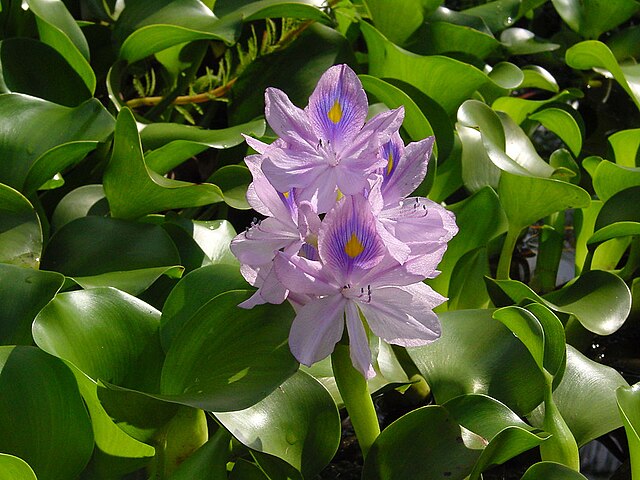
By Wouter Hagens – Own work, Public Domain, https://commons.wikimedia.org/w/index.php?curid=1864500
Ecosystem Disruption
Did you know that the way nutrients flow through the food chain is affected by invasive plants? This impacts wildlife adversely in various ways. In India, the water hyacinth is known to devastate aquatic ecosystems. The plant’s dense mats block sunlight from reaching underwater, which can kill off algae and other aquatic vegetation. This can lead to decreasing populations of fish and other aquatic animals.
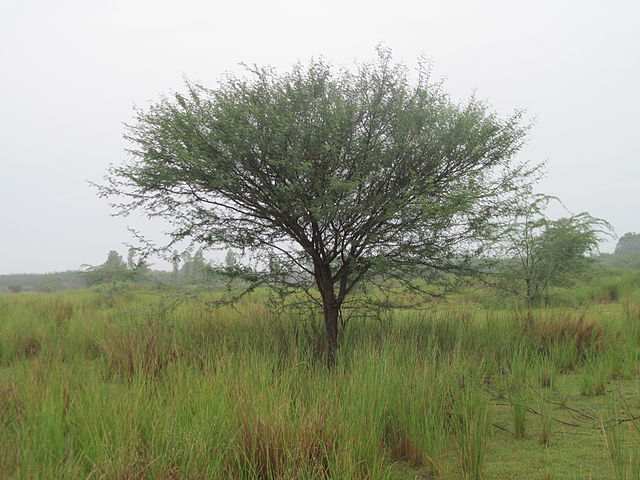
By Prabhupuducherry – Own work, CC BY-SA 3.0, https://commons.wikimedia.org/w/index.php?curid=29444658
Habitat Changes
Invasive plants can alter habitats by changing them physically. For example, they can form dense thickets that outshade native plants, or they can change the soil in an unfavourable way. The change in habitats caused by Prosopis juliflora has significant consequences for native wildlife. The tree’s dense growth can hinder the movement of animals, reducing the availability of food, shelter and breeding grounds. This has led to declines in populations of various bird, mammal and reptile species. Prosopis juliflora also impacts the water cycle negatively – its deep root system can reduce groundwater resources, making the dry seasons difficult for native plants and animals to survive.
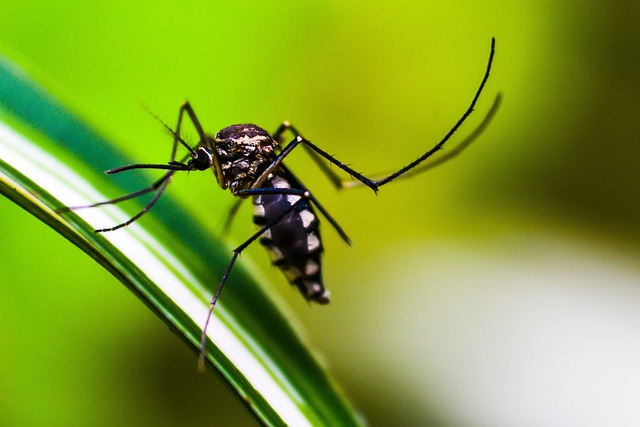
Spread Of Diseases
It’s no surprise that invasive plants can be emissaries of diseases that harm native species. For example, the water hyacinth’s leaves form dense mats that foster the growth of mosquito larvae, allowing mosquito populations to explode in water bodies with high populations of these plants. These insects can transmit diseases to fish and other aquatic animals.
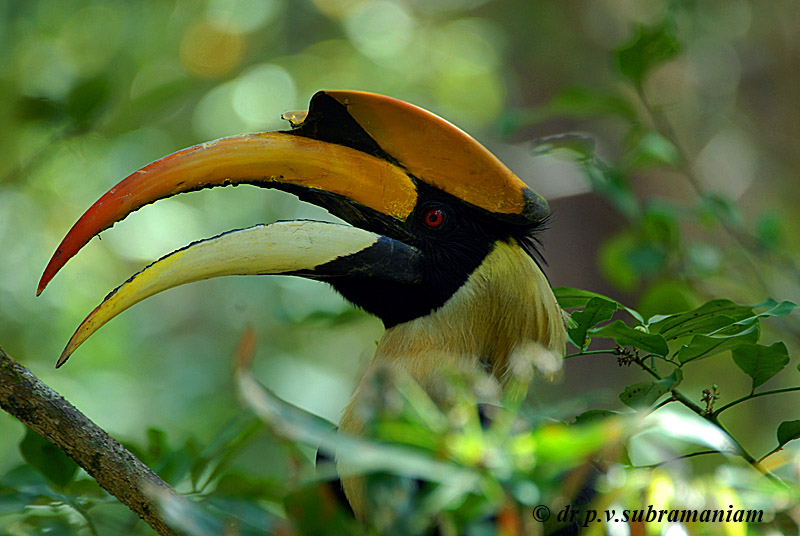
Toxicity To Wildlife
Some invasive plants are known to be toxic to wildlife. For example, the berries of the lantana camara are poisonous to birds.
Several actions can be taken to reduce the threat posed by invasive plant species to indigenous flora and fauna in India:
- Raising awareness of the problem: Awareness drives can be conducted to make people aware of invasive plant species in their neighbourhoods and how to identify them.
- Preventing the introduction of new invasive species: Stricter controls on the importation of plants and animals can prevent new invasive species from entering the country.
- Managing existing invasive species: Invasive species that already exist in the country should be controlled or eradicated using mechanical removal, herbicide application and biological control.
- Restoring native habitats: Native habitats that have been invaded by exotic plants should be restored to allow indigenous species to recover.
Project Aquarius – A Water for Wildlife Initiative
Climate-informed wildlife conservation is a long game. With Project Aquarius, we aim to boost wildlife protection in India and reduce the burden on wildlife of finding access to clean water sources. These solar pump installations bring tangible benefits to wild animals, promoting their good health while also preventing their movement into human habitations in search of water, thereby minimising human-animal conflict.
We need all the help we can get to keep Project Aquarius going strong and doing our bit for wildlife conservation in India – get in touch if you’d like to support us!
EARTH BRIGADE FOUNDATION:
Email: director@earthbrigadefoundation.org
